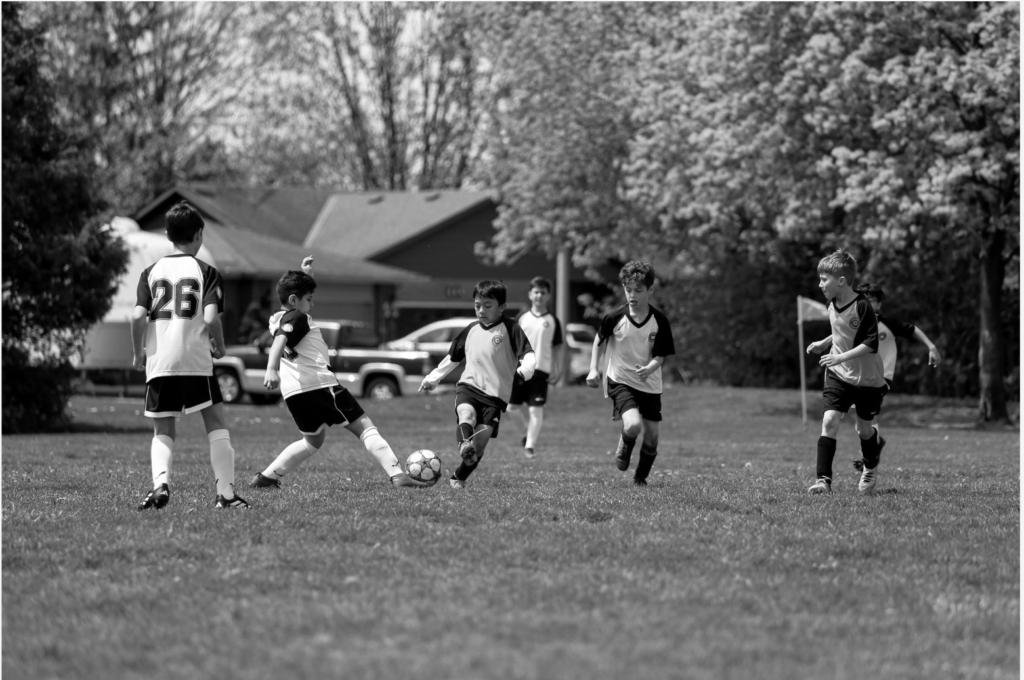
Delay is a defensive principle of play in soccer that focuses on slowing down the opposing team’s attack to allow the defending team time to regroup and organize their defensive shape. The primary objective of delay is not necessarily to win the ball back immediately, but to disrupt the attacking team’s rhythm and limit their options.
Understanding and teaching the principle of delay to beginner and intermediate players is crucial to developing their defensive skills and overall gameplay. In soccer, attackers aim to exploit gaps in the defense and move the ball quickly to create goal-scoring opportunities.
The principle of delay counteracts this by instructing defenders to apply pressure on the player with the ball, forcing them to make decisions under pressure, and potentially causing them to make mistakes. By effectively applying the principle of delay, defenders can slow down the attack, giving their teammates time to recover and support defensively.
Benefits of Delay
The successful implementation of Delay in a team’s defensive play offers several advantages:

Less goal-scoring opportunities: By delaying the opponent’s attack, teams can reduce the number of clear-cut chances that the opposition can create.

Time to regroup: Delaying the opponent’s attack gives the defending team time to reorganize and establish a solid defensive structure, making it harder for the opposition to penetrate the defence.
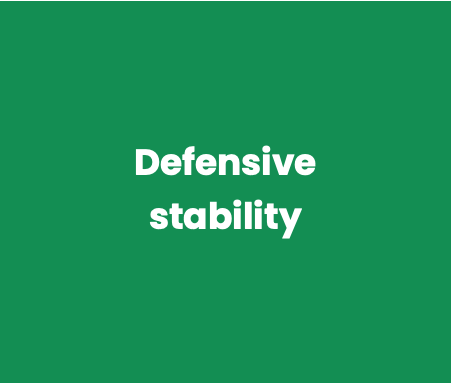
Defensive stability: By slowing down the opposition’s attack, teams can maintain their defensive shape and prevent the opposition from exploiting gaps in the defence.
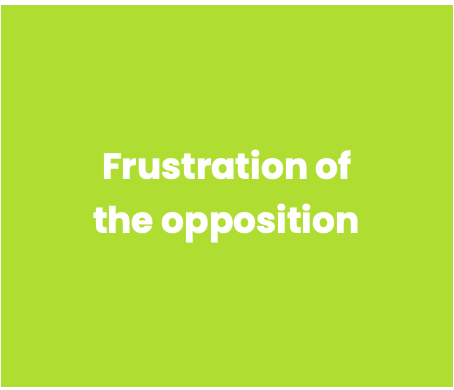
Frustration of the opposition: A well-executed Delay can frustrate the opposition, leading to mistakes and increasing the chances of winning the ball back.
Key Concepts of Mobility
To effectively implement the principle of Delay, coaches must teach players the importance of the following concepts:
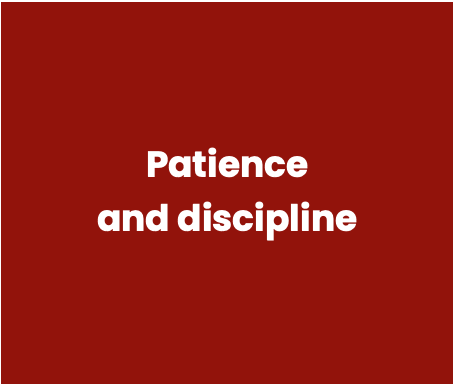
Patience and discipline: Delay requires patience and discipline to slow down the opposition’s attack without committing unnecessary fouls or allowing them to break through the defence.
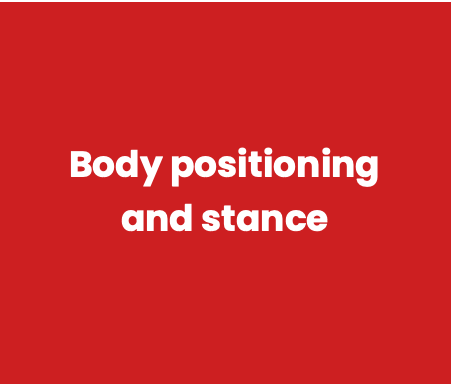
Body positioning and stance: Proper body positioning and stance can make it harder for the opposition to pass or dribble through the defence, forcing them to move the ball laterally or backward.

Communication and teamwork: Effective communication and teamwork are essential for successfully implementing Delay, with players needing to work together to cover passing lanes and pressure the opposition.
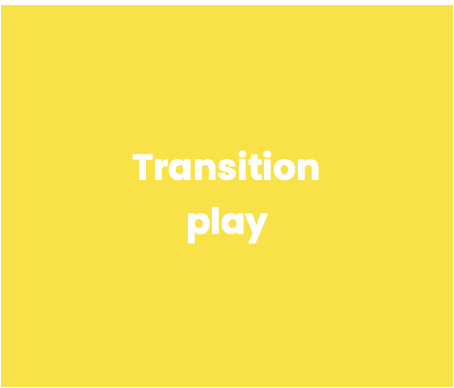
Transition play: Delay should be used strategically to initiate counter-attacks or regain possession of the ball, transitioning from defence to attack quickly and efficiently.
In the subsequent lessons of this training course, we will delve deeper into the specific moments when Delay should be employed, the technical and tactical skills required for successful implementation, and the role of each player in applying this defensive principle.